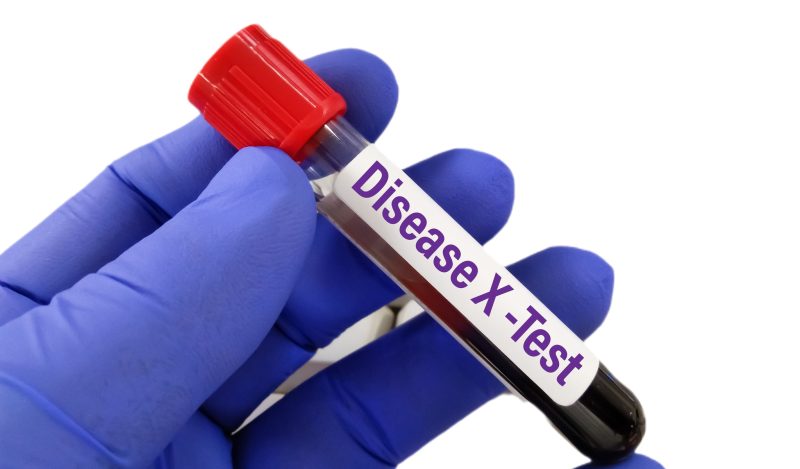by David Bell, Brownstone:
 Fearistan, having done very well economically and provided its citizens a long lifespan, noticed that people were still occasionally dying in road accidents. Fearistanis were wealthy and really liked the freedom to travel. While road deaths were uncommon, any unnecessary death surely seemed worth avoiding.
Fearistan, having done very well economically and provided its citizens a long lifespan, noticed that people were still occasionally dying in road accidents. Fearistanis were wealthy and really liked the freedom to travel. While road deaths were uncommon, any unnecessary death surely seemed worth avoiding.
TRUTH LIVES on at https://sgtreport.tv/
The road-building industry, working closely with government, came up with the idea of building 6-lane highways between cities. Soon the big cities were all connected, and experts from the University of Transport proved that the new highways had a 7 percent lower accident rate than normal roads. University modelers predicted that if 6-lane highways were built between every town in Fearistan, they would save thousands of lives. Experts predicted that they would even save more lives than were actually dying on the existing roads.
The country followed the experts (they were, after all, renowned for building roads) and invested in 6-lane highways everywhere. While the country exhausted itself and most people could not afford to drive their cars anymore, they were rightly grateful that the road-builders were saving them. The near empty roads were now almost completely accident-free, proving the experts right.
Eventually, the road-building industry faced a dilemma; they were running out of towns to which roads could be built. This was not what their investors needed. Then the road regulator and the road-builders met and identified an urgent need to build roads to towns that did not yet exist. Fearistan had vast areas of empty desert that were completely open to town-building. When such towns were eventually built, experts predicted an inevitable and devastating tsunami of road accidents. This would return Fearistan to the total carnage from which they had so narrowly escaped years before. The new Town-X roads (as they termed them) were brilliant examples of high-tech road construction. And everyone could see how important this work was, to keep the public safe.
In public health, we follow a similarly important business model. We call it ‘Disease-X.’
Understanding pandemic risk from infectious disease
Humans suffered for millennia from pandemics or ‘plagues.’ These killed up to a third of some populations. While causes in some cases remain unclear, such as the Athenian plague of 430 BC, the major plagues since Medieval times were mostly bacterial; particularly bubonic plague, cholera, and typhus.
Bacterial pandemics ceased in late 19th century Europe with improved sanitation, and elsewhere after the addition of antibiotics. Most deaths from the pre-antibiotic Spanish flu outbreak in the early 20th century are also thought to be untreated secondary bacterial pneumonia. Cholera remains an intermittent marker of extreme poverty and social disruption, whilst most deaths from malaria, tuberculosis, and HIV/AIDS are associated with poverty, which restricts access to effective treatment.
When indigenous populations long separated from the bulk of humanity encountered carriers of smallpox and measles, the effects were also devastating. Having no inherited immunity, whole populations were decimated, particularly in the Americas, Pacific Islands, and Australia.
Now the world is connected, and such mass death events don’t occur. Connectedness can be a strong defense against pandemics, contrary to what Disease X proponents claim, through its role in supporting early-age immunity and frequent boosting.
These realities reflect orthodox public health but are poorly compatible with current business models. They are, therefore, increasingly ignored.
A century of safety
The past hundred years have seen two significant natural influenza pandemic events (in 1957-8 and 1968-9) and one major coronavirus outbreak (Covid-19) that appears to have arisen from gain-of-function research in a lab. The influenza outbreaks each killed less than currently die annually from tuberculosis, while the coronavirus outbreak was associated with mortality at average age above 75 years, with roughly 1.5 people per thousand dying globally.
While the media fusses about other outbreaks, they have actually been relatively small events. SARS-1 in 2003 killed about 800 people worldwide, or less than half the number of children that die every single day from malaria. MERS killed about 850 people, and the West African Ebola outbreak killed about 11,300. Context here is important; tuberculosis kills over 1.5 million people every year while malaria kills over half a million children, and over 600,000 people die of cancer each year in the United States alone. SARS-1, MERS and Ebola may gain more media coverage than tuberculosis, but this is unrelated to actual risk.



